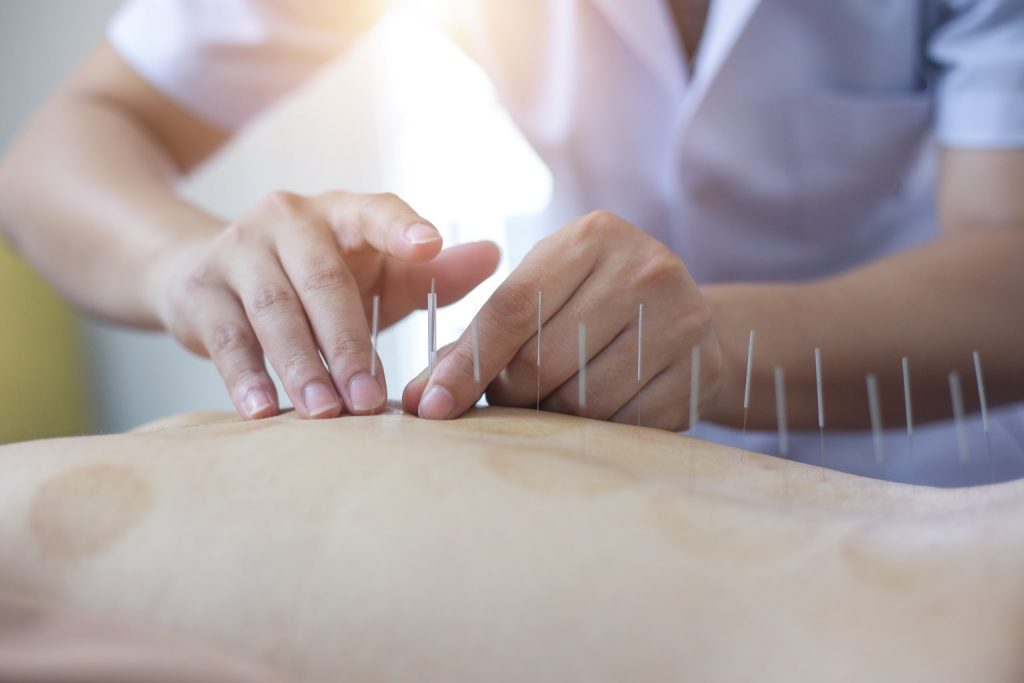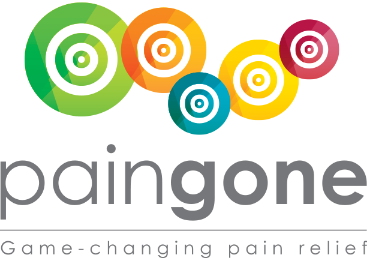
Jul 8, 2021
Dr. Ben Sweeney
Dr. Ben’s Corner: Use of Alternative Pain Therapies
For many people suffering from pain, particularly chronic and intermittent pain, repeatedly taking medication isn’t a solution. Over-the-Counter and prescription pain medications affect the liver and other vital organs over time, many have troubling side effects, and there is the danger of addiction. For these individuals, alternative pain therapies are often the solution. There are a variety of alternatives available, some more practical than others.
Doctors often recommend alternative pain therapies as another option for patients or as complementary treatments along with traditional medical treatments. Alternative therapies are beneficial for anyone at high risk of a substance abuse problem, anyone experiencing severe side effects from pain medications, and those who aren’t getting enough relief from their current regime.
Mind-Body Therapy
In simple terms, this involves “mind over matter” as an approach to controlling pain. By channeling your thoughts through specific mental exercises, it is hoped you will be able to minimize your discomfort. Some mind-body techniques include biofeedback, guided imagery, self-hypnosis, and meditation. The techniques need to be taught by an experienced practitioner and usually become more effective over time as patients learn what does and doesn’t work for them. Mind-Body therapy doesn’t work for everyone. It can be time-consuming and challenging to use in a busy lifestyle since it requires total mental focus and the appropriate environment.
Acupuncture
This ancient Chinese therapy has been proven to relieve pain by inserting thin needles into the skin’s surface. While the traditional explanation is that acupuncture balances the body’s life forces and energy, neuroscientists believe acupuncture increases blood flow and encourages the body’s release of endorphins. Whatever the reasons, acupuncture can provide pain relief to many. It is, however, a commitment to multiple appointments with a practitioner. Most sessions start 2-3 times a week, gradually tapering to weekly sessions. It can be time-consuming and expensive.

Homeopathic Medicine
Homeopathy is based on the concept that trace amounts of a product that would normally produce pain can actually alleviate discomfort. The results of homeopathic therapy are largely anecdotal, and while it works for some people, it isn’t effective for others. Homeopathic treatments for pain include magnesium, hypericum, belladonna, and kalmia. Homeopathic medicine must be administered by a trained homeopathic specialist, as incorrect dosages can be harmful or even fatal.
Massage Therapy
Regular massage therapy can alleviate muscle aches and pain but is not as effective for arthritis and joint pain in most people. Massage yields relief by relaxing muscles, loosening stiff joints, and reducing inflammation. Like acupuncture, the results tend to be cumulative over time and work best if the individual has several sessions each week, gradually tapering down. Some patients find relief from having at least one massage per week to maintain the comfort level they seek over long periods.
Yoga and Tai Chi
Yoga and Tai Chi are ancient arts of body movement that may relieve chronic pain if practiced regularly. These are often suggested in combination with other pain therapies, as they not only help relieve pain but improve movement. For optimal results, individuals need to do yoga or tai chi regularly (at least three times a week for most people). While it can be effective, you will need to perform the various positions properly or aggravate your condition rather than treating it. Taking a yoga or tai chi class from a qualified instructor is best, although you can also find video instruction online.

Marijuana
There is plenty of controversy around the use of marijuana for pain relief, and it continues to be illegal in many states. However, there is clinical evidence that marijuana can relieve some kinds of nerve pain. However, it also impairs judgment and can’t be used if you are working or operating a motor vehicle. Potential side effects can be extreme, including (in rare cases) psychosis or addiction. It is usually a last resort for those suffering from chronic pain and used only in states where it is legal.
CBD
CBD is a derivative of marijuana, but without the psychotropic effects of marijuana. It is helpful in the treatment of arthritis when applied topically or taken as a capsule. CBD affects brain receptors in a way that reduces pain and inflammation. It may also boost the immune system, although clinical trials are ongoing. Because CBD is relatively new to the list of alternative pain therapies, the verdict is still out on its effectiveness. It is important to keep in mind that CBD can interact with a variety of medications, including blood thinners and heart medications. It is not regulated by the FDA, so you aren’t always sure of what you’re getting.
TENS Units
Transcutaneous electrical nerve stimulation (TENS) is a form of electrotherapy used to manage pain. It is traditionally administered by the individual using a TENS unit. This battery-operated device has electrical leads connected to pads you place on the body in the area of pain. A mild electrical current stimulates the nerves, blocking pain signals, and promoting the release of the body’s natural endorphins. TENS units can be effective but require the use of sticky pads and leads to attach to the body and a separate control unit.
PainGone
PainGone is the newest version of TENS and has been used for over a decade in Europe. It works in the same way as a more traditional TENS unit but is compact and easy to use without leads, pads, or a separate controller. This self-contained, therapeutic pen is one of the most effective and affordable alternative pain therapies. While the cost of treatments such as acupuncture and massage can be prohibitive, one PainGone Pen delivers hundreds of targeted treatments to areas of chronic or acute pain. One sixty-second treatment relieves pain by interrupting pain signals to the brain and encouraging the body’s release of endorphins.
You should always talk to your doctor before trying alternative pain therapies to ensure they are safe and effective for your health and the specific condition causing your pain.
Is Paingone helping your patients and your practice?
Tell us your success story.
A robust retail strategy is essential to growing your practice.
You only have so many hours a week available for appointments. The fastest way to increase your bottom line is to incorporate profitable products that generate repeat business and build your reputation as a medical professional. That’s where Paingone comes in.
Contact us below to learn more about our products, wholesale pricing and how Paingone can benefit your practice.

